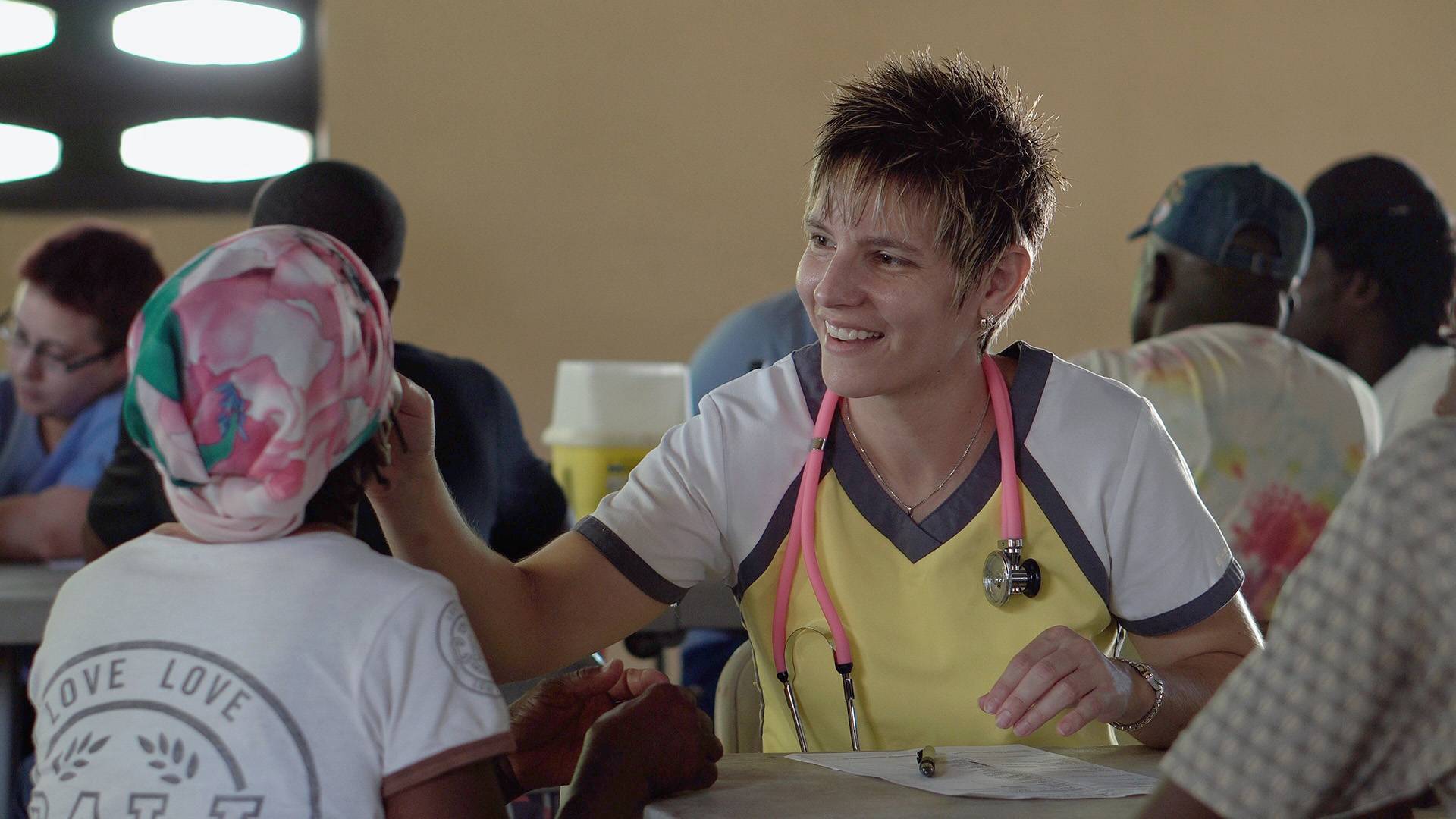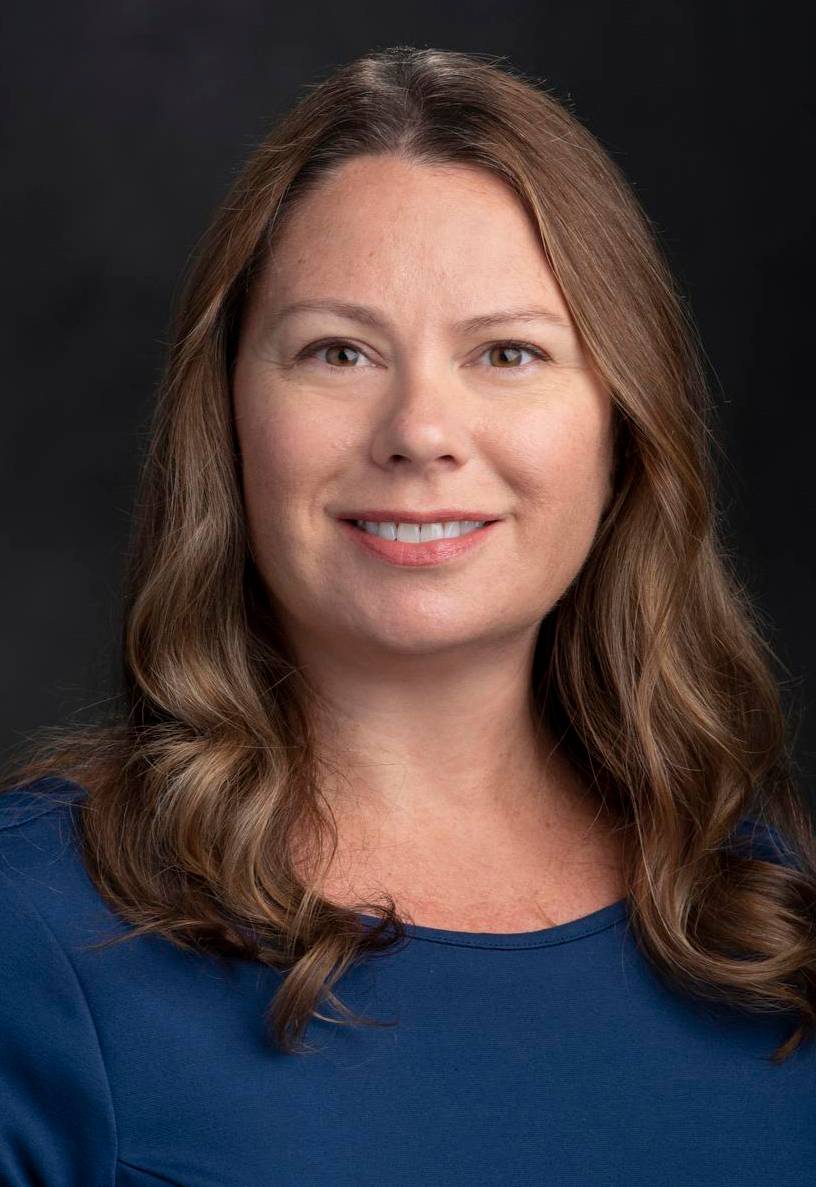Targeting a Killer: Simple test can diagnose deadly global illnesses
Staff Contributor | April 5, 2019


Here is a glimpse into the future of global public health: a credit-card sized piece of paper is dunked into a liquid sample at a health clinic in a developing nation, quickly telling a doctor or nurse whether a malnourished child with diarrhea is infected with a virus, a bacteria, or a parasitic protozoan.
Gastrointestinal ailments may sound like a small matter in the industrialized world, but in millions of remote villages in developing nations, food, and waterborne illnesses are potentially deadly matters. According to the World Health Organization, diarrheal diseases are among the top 10 causes of death; and they are the second biggest killer of children under the age of 5.
Rapid diagnosis can mean fast, appropriate treatment. This is the quest of Shannon Weigum, an associate professor of biology at Texas State University. Her laboratory is merging principles of biochemistry and materials science to create a miniature, highly portable, rapid-detection tool for diarrheal illnesses. Her hope is that this tool could someday make a major impact on global health.
“In healthy people, diarrheal illnesses often resolve themselves without treatment,” she said. “When a person is malnourished, immune compromised, or suffering from chronic illness, the consequences can become very serious. This is especially true in malnourished children.”
Weigum’s first diagnostic targets are noroviruses, which cause more than half of the foodborne illnesses in the United States. Health data show that noroviruses are the most common cause of diarrhea in adults and the second most common cause in children. The tests have been expanded to detect bacteria and protozoan parasites.
The overall goal is to make diagnostic testing available where it previously was not. To be practical for remote clinics in undeveloped areas, though, laboratory tools have to be inexpensive as well as highly portable. Poor countries lack medical infrastructure and skilled personnel to operate the sophisticated diagnostic tools found in large urban medical centers.
Imbued with nanoparticles and using microfluidics, the paper cards interact with specific bacteria or viruses to quickly, accurately identify diseases. A faster diagnosis means healthcare workers can move beyond treating symptoms and attack the disease.
“We’ve teamed up with Paratus Diagnostics, a biotech startup company located in Texas State’s Science, Technology and Advanced Research (STAR) Park. By working and teaming up with a biotech company, we are able to progress the technology to the point of commercial viability,” Weigum said.
Additional funding for the project has come from the U.S. Department of Defense and a Small Business Innovation Research (SBIR) grant. “We had a successfully funded phase one and phase two. SBIR supports research and development and potential commercialization,” she said.
The ‘sample to answer’ test provides results in about 20 minutes. It utilizes smartphone technology as an analytical instrument. Now, instead of reading the sample with the naked eye the phone acts as an optical instrument to read the light-based signal. “We can detect signals from many different pathogens at the same time. Our goal is to detect six to eight pathogens that most commonly cause illnesses.”
Weigum began her science career as a high school teacher in San Antonio, and then returned to the classroom as a student to pursue advanced degrees at The University of Texas at Austin. After earning master’s and doctoral degrees in biochemistry, she moved to a postdoctoral fellowship in bioengineering at Rice University, where her love of biology began to merge with materials science and opened the door to cutting-edge engineering innovations in developing diagnostics.
Next up is pre-clinical and clinical testing. Working with Dell Children’s Medical Center in Austin, Weigum expects pre-clinical trials to begin in six months to one year.
“The whole process is moving from the lab to the marketplace so that eventually it can get into the hands of medical personnel in the field.”
Share this article
For more information, contact University Communications:Jayme Blaschke, 512-245-2555 Sandy Pantlik, 512-245-2922 |